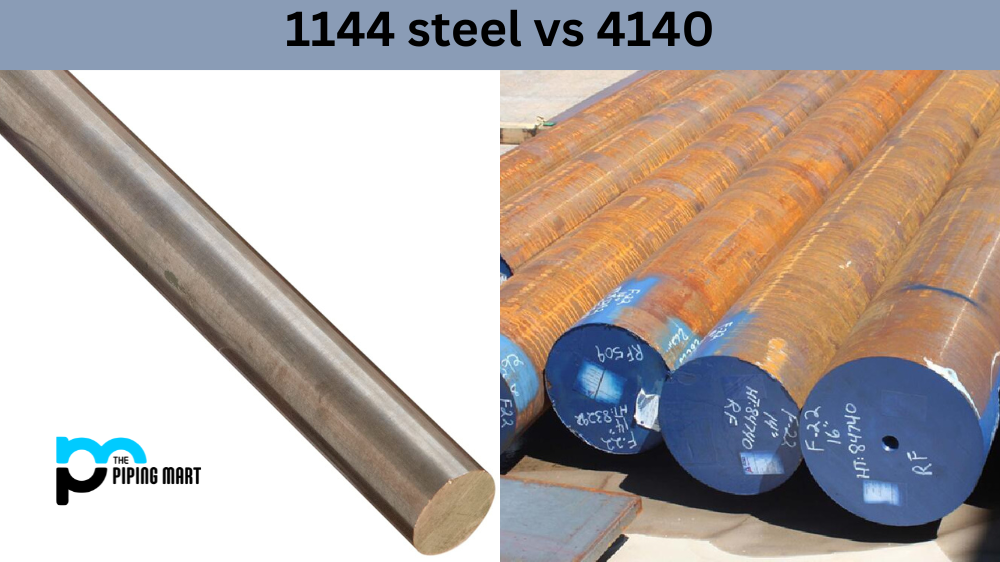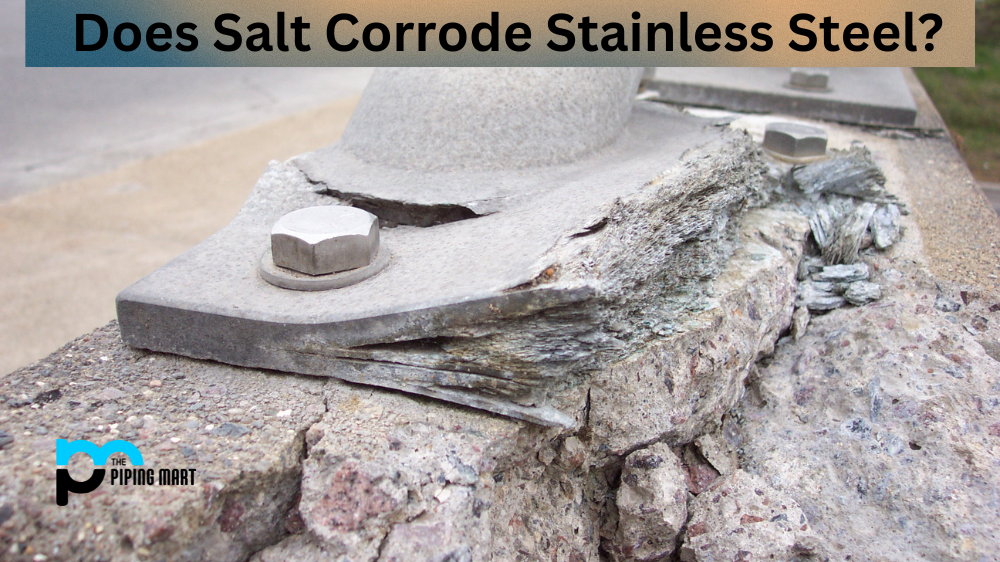Bending mild steel can be a tricky task if you’re not familiar with the proper techniques. If done incorrectly, you could end up with a warped shape or even damage the material. That’s why it’s important to understand how to bend mild steel correctly so you can achieve the desired results from your project. Let’s take a closer look at what’s involved in bending mild steel.
Heat Treatment
The first step in bending mild steel is to heat treat it. This process helps make the metal softer and more malleable, which makes it easier to manipulate into the desired shape. When heating mild steel for bending, you should use an oxy-acetylene torch and heat only one side of the metal until it becomes red-hot – about 1,200 degrees Fahrenheit. You should then wait for the heated area to cool before moving on. It’s also important that you preheat any areas adjacent to where you will be making your bend as well as any parts of the metal that are thicker than 3/8 inches; this will help ensure that all parts of your project are properly heated before bending them.
Bending
Once your mild steel is properly heated, it’s time to begin bending it. Depending on the size and shape of your project, you may need special tools like press brakes or benders. For smaller projects, a simple hammer and anvil combination can be used instead. When using these tools, make sure they are set up correctly before applying pressure – otherwise, you could end up damaging your workpiece or creating an uneven bend. As you apply pressure, keep an eye on both sides of the bend; if one side begins to stretch more than usual, stop immediately and adjust accordingly before continuing with your project.
Post-Bending Cleanup
After your bends are complete, it’s important to clean up any excess material from the edges of each bend; this will help prevent warping or other issues during post-processing or installation stages later on in your project timeline. To do this, use a file or sandpaper to remove any sharp edges that may have been created while bending; if needed, you can also use a small grinder or angle grinder to smooth out any rough patches that remain after filing down sharp edges. Finally, use a wire brush or other similar tool to remove any dust particles that may have been created during the process; this will help ensure that everything looks professional when completed!
Conclusion:
Bending mild steel can seem like a daunting task, but with some practice and patience, anyone can master this technique! Following these steps will help ensure that your bends turn out looking professional every time – no matter what size or shape of project you’re working on! With just some basic tools and know-how, anyone can learn how to properly bend mild steel for their projects! So don’t hesitate – to get started today and see what amazing results await!

Meet Bhavesh, a seasoned blogger with a wealth of knowledge and experience. From metal products manufacturing to retail, Bhavesh has a diverse background in various industries and is dedicated to sharing his insights and expertise with readers.




